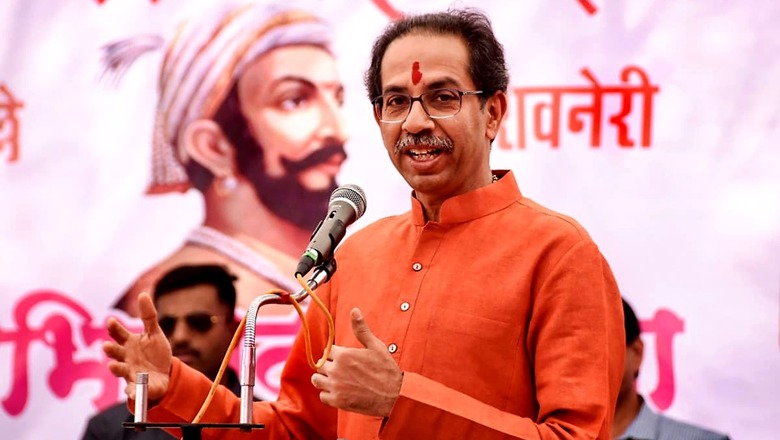
views
In 1999, Uddhav Thackeray was seen as a man gradually taking over the reins of the Shiv Sena. The party was in power in Maharashtra, and his younger cousin Raj, who was then perceived as Shiv Sena supremo Bal Thackeray’s political successor, was on the backfoot after a controversy over the death of Mumbai resident Ramesh Kini.
In a party conclave at Uttan near Mumbai that year, in his first such admission, Uddhav replied in the affirmative when he was asked by a journalist whether he had any chief ministerial ambitions.
Two decades later and after many political twists and turns that would put Bollywood cliffhangers to shame, Uddhav, who was once dubbed a “reluctant politician”, has paradropped into the chief minister’s chair.
But after a year in office, Uddhav has found himself wearing a proverbial crown of thorns. The initial exuberance of the Shiv Sena coming to power has been tempered by the Covid-19 crisis and challenges of running a government made up of three disparate parties with little in common except the desire for power and the need to keep the Bharatiya Janata Party (BJP) away from it.
Uddhav’s father, the late Bal Thackeray, was the original renunciate in active politics. Much before Congress president Sonia Gandhi listened to her “inner voice” in 2004, Thackeray projected himself as someone who was above the trappings of power, the ultimate sanyasi, who would remain unaffected by the lure of power, the heady addictive, with its impermanent rush.
When the Sena came to power in Maharashtra in 1995, Thackeray picked Manohar Joshi, and later Narayan Rane, as his party’s chief ministers, choosing to use his “remote control” over the party apparatus and government from the confines of Matoshree, his residence at Bandra East. This diarchy of power was fraught with its own contradictions and tensions, as Rane’s estrangement from the party and subsequent rebellion, which the Shiv Sena had to work hard to quell, revealed.
Hence, Uddhav’s decision to be the chief minister of an alliance of three unlikely parties was the ultimate gamble. As the chief minister and also the president of his party, it is obvious that Uddhav’s performance will have a bearing on the Shiv Sena’s fortunes. The administrative abilities of the Thackerays were untested, a zhakli muth (closed fist) to use a Marathi term. But as the head of this government, Uddhav will be subject to intense scrutiny and criticism, especially by friend-turned-foe BJP, which is biding its time in the opposition despite being the single-largest party in the legislature.
A year in office, and the murmurs are growing louder. His detractors claim that Uddhav is not on the ball, preferring to run the government through a closed clique of bureaucrats and aides, causing its own tensions and a drift in the administration. Uddhav is charged with being a hands-off administrator and top-down communicator who is said to be tough to access for his own cabinet colleagues.
Ministers in the ruling Maha Vikas Aghadi (MVA) dispensation admit that while Uddhav gives them the necessary elbow room in their departments, his inexperience, lack of co-ordination and reluctance to move beyond the confines of his residence Matoshree and ‘Varsha,’ the chief minister’s official residence, are factors that rankle.
Comparisons with his deputy Ajit Pawar, a man who exudes a “can-do” attitude are obvious.
While the Shiv Sena fumbles to find its feet in the government, even the staunchest Sainiks grumble that the MVA regime is an arrangement that is run of, for and by the NCP, whose president Sharad Pawar is seen as the MVA’s elder statesman. The NCP holds crucial portfolios like home, finance, housing and water resources, and more importantly, is working hard at the grassroots to expand its social base and shed the image of being a party of the dominant Marathas.
Pawar’s choices in the NCP’s nominees for the legislative council from the governor’s quota make this social engineering attempt obvious.
Apart from farmer leader and ex-MP Raju Shetti, who was a sworn adversary of the NCP as a leader of sugarcane farmers, Pawar nominated singer Anand Shinde, who is popular among Dalits and Bahujans. Shinde is one of the most popular ‘Bhimgeet’ (songs composed around Dr Babasaheb Ambedkar) singers. The NCP has also suggested the names of dissident BJP leader Eknath Khadse and Yashpal Bhinge, a Dhangar leader, who fought the Lok Sabha polls from Nanded as a Vanchit Bahujan Aghadi (VBA) candidate causing the defeat of former chief minister Ashok Chavan.
Shiv Sena sources admit that the party has been unable to launch a similar project, largely due to its Mumbai-focussed vision.
Uddhav’s ascendance has come with its own opportunity to undergo a much-needed makeover, albeit by default than design.
Earlier this year, Uddhav sternly warned those who were trying to communalise the mob lynching of two sadhus and their driver in Palghar on Maharashtra’s border with the union territory of Dadra and Nagar Haveli. Comparisons with the Sena of yore, which was blamed for its role in the 1992-93 Mumbai riots and for its dog whistles against minorities, especially Muslims, were obvious.
Similarly, Uddhav resisted pressure by the BJP to allow the re-opening of temples and places of worship during the pandemic. These sites were allowed to open only this month. The Shiv Sena president has also taken pains to emphasise that the brand of Hindutva practised by his party is one based on a robust pro-Bahujan idiom and unlike the ritual-centric, Brahmanical one of the BJP.
Caught in a quandary on its position over the controversial Citizenship Amendment Act (CAA), and the National Population Register (NPR), which are points of friction with allies Congress and NCP, Uddhav appointed a cabinet sub-committee to study the issue. He also stated that while the Shiv Sena supports the CAA, it is opposed to the National Register of Citizens (NRC), as it will affect Hindus as much as Muslims, thus meeting concerns by minority groups half-way.
Identified as an organisation that is more at ease with street-level politics, the Shiv Sena is not seen as a party of governance. However, Uddhav has tried to reach out to a cosmopolitan voter through pro-environment decisions like scrapping the Metro railway car shed at Aarey milk colony, which is Mumbai’s green lung.
More importantly, after the controversy over the death of actor Sushant Singh Rajput and its weaponisation against the party, Uddhav and Shiv Sena seem to have dug their feet in for the long haul against the BJP and the central government. The state government has withdrawn the general consent granted to the Central Bureau of Investigation (CBI) to probe cases in Maharashtra.
But while the MVA government under Uddhav completes a year in office, there are too many question marks hanging in the air.
Will the glue of power keep the MVA constituents together despite the obvious contradictions or will the BJP’s much promised ‘Operation Lotus’ finally see the light of the day? Will the Shiv Sena, which shifted from nativist politics to Hindutva in the late 1980s be able to ignore the rising tide of majoritarian consolidation behind the BJP?
The Shiv Sena is seen as a party bereft of any ideology or convictions. Will it use this opportunity to enforce a course correction, shed its rabid Hindutva image and emerge as a politically right-of-centre regional force?
The Shiv Sena’s future and the course of Maharashtra’s politics may hinge on these answers.
Dhaval Kulkarni is a Mumbai-based journalist and author of ‘The Cousins Thackeray: Uddhav, Raj and the Shadow of their Senas.’ Views are personal.
Read all the Latest News, Breaking News and Coronavirus News here










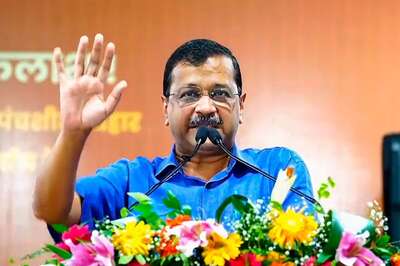
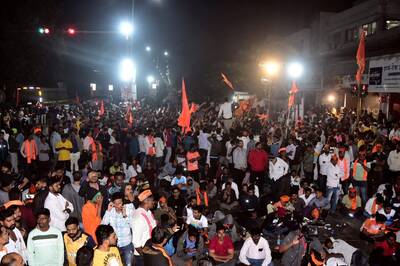
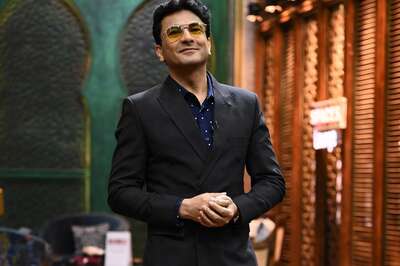
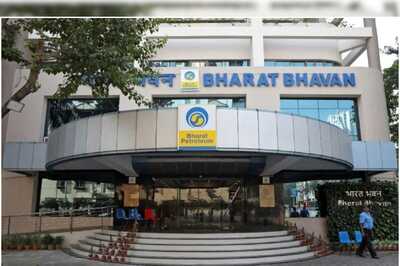
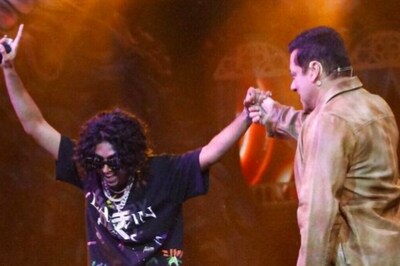


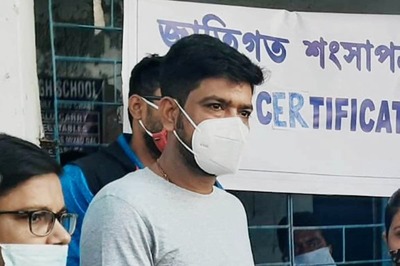

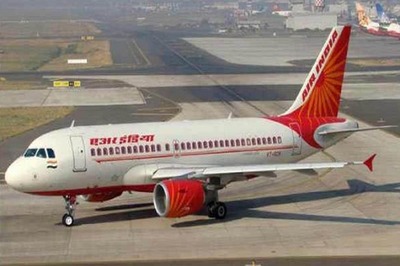
Comments
0 comment